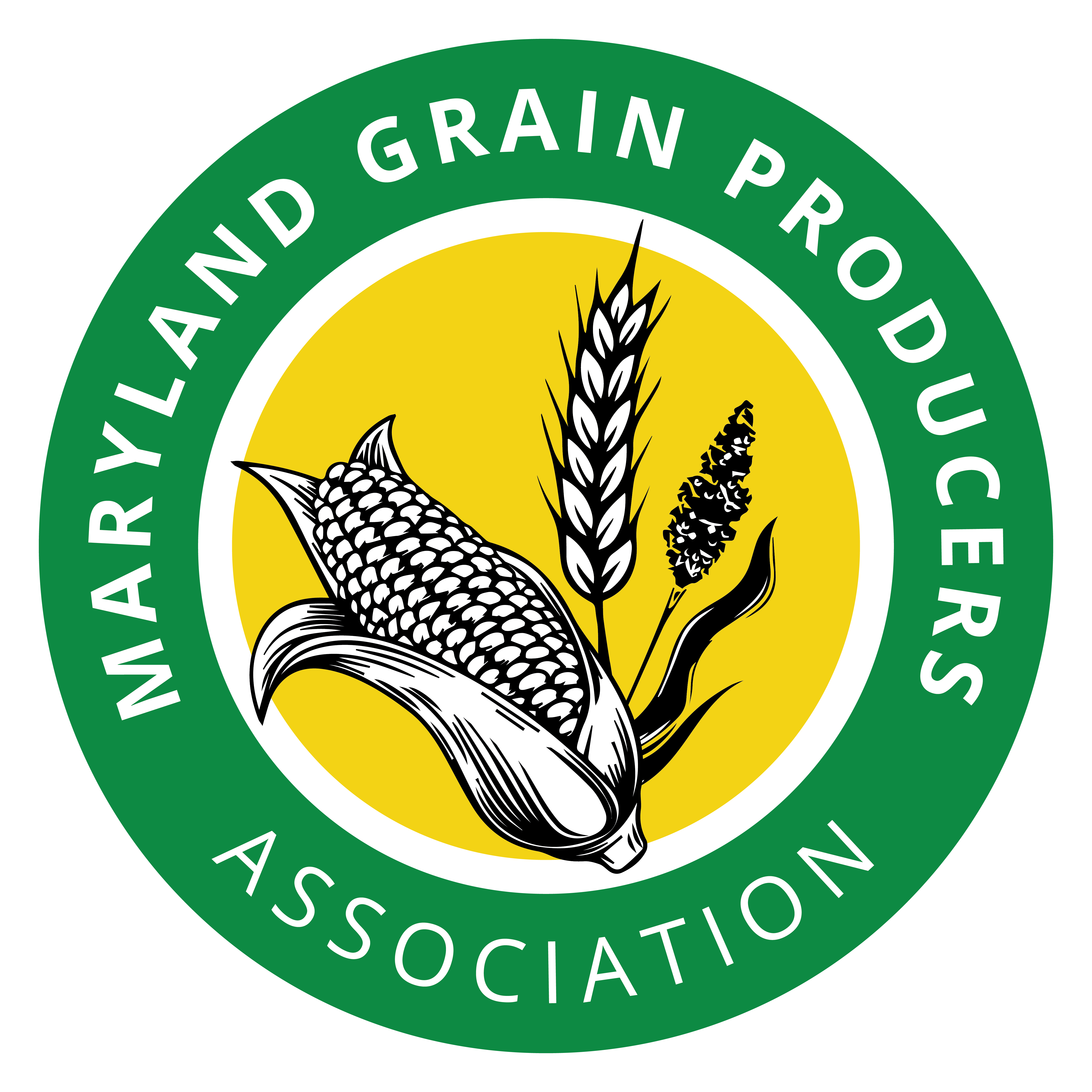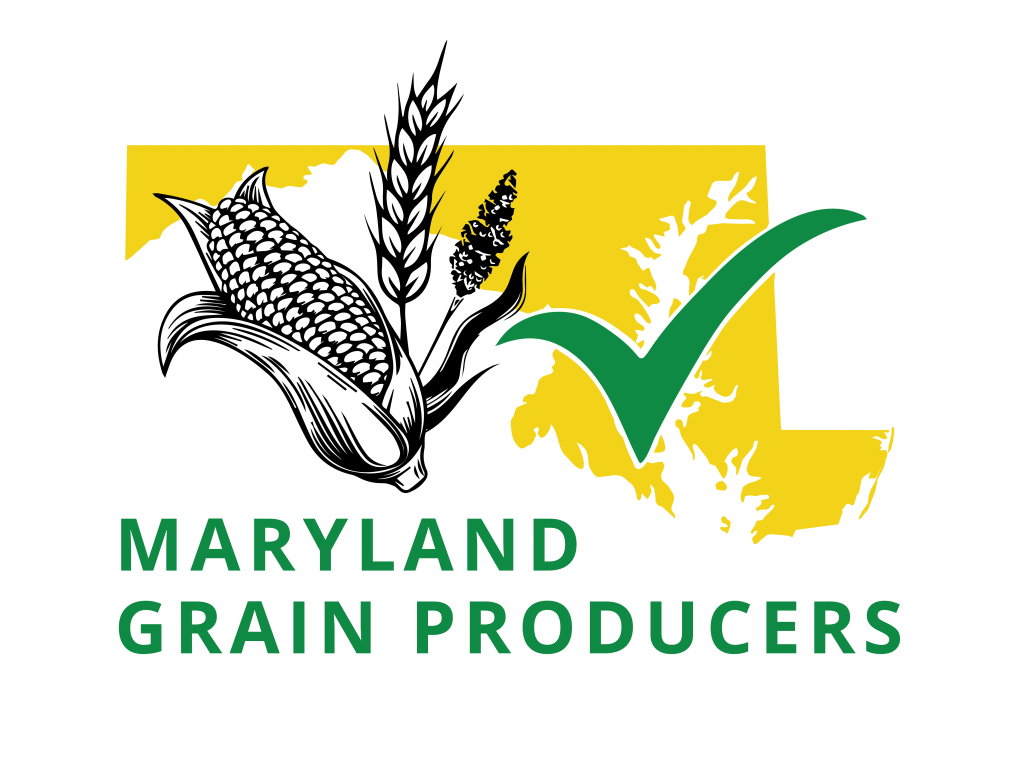Did you catch this commentary in the Baltimore Sun last week? Three of Delmarva’s own national leaders, Chip Bowling, Lee McDaniel, and Richard Wilkins, collaborated to share the importance of voluntary conservation in the Chesapeake Bay region. The three boasted that “the Chesapeake Bay, the largest estuary in North America, is home to more than 83,000 farms that together generate $10 billion in economic activity each year. For decades, these producers have stepped up all across the watershed, assumed responsibility for their share of the nutrient and sediment pollution in the bay, and worked tirelessly toward unprecedented, remarkable change. Just in the past seven years, the agriculture sector has single-handedly reduced its phosphorus and sediment runoff in the watershed by 50 and 75 percent respectively.”
Maryland Farmers truly deserve much praise for their voluntary conoservation efforts restoring the Chesapeake Bay. In the past ten years, farmer’s use of cover crops within the watershed has tripled, helping to reduce erosion rates by 57% and edge-of-field sediment loss by 62%. In 2015 alone, 492,000 acres of cover crops prevented an estimated 2.95 million pounds of nitrogen and 98,500 pounds of phosphorus from entering local waterways. In addition, the use of best management practices including conservation tillage systems, riparian buffers, and stream fencing, have decreased the loss of nitrogen by 38% and phosohprus by 45%. Many thanks to Chip, Lee, and Richard for sharing this information. Keep up the great work Maryland Farmers.
Read Baltimore Sun’s full article here.


Leave a Reply